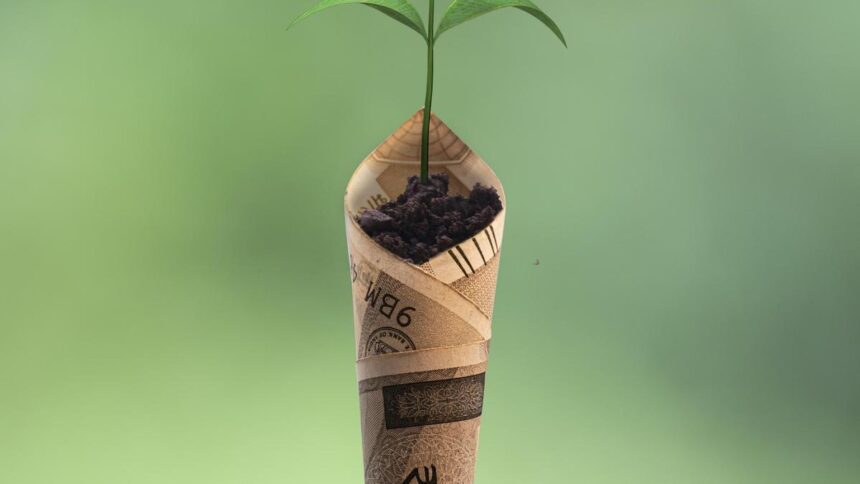The RBI’s framework for green deposits was introduced with the noble intention of promoting environmentally friendly projects and initiatives. However, despite the potential benefits, the progress in this area has been minimal.
One of the key challenges faced by lenders is the lack of significant interest from customers in green deposits. While public sector banks have started accepting green deposits, private banks have been slower in adopting this practice. Additionally, the lower interest rates offered on green deposits compared to traditional deposits have deterred customers from investing in them.
At a recent banking conclave, officials highlighted the overall low demand for green deposits in India, attributing it to minimal bond issuances and the need to prioritize lending to other sectors. The lack of awareness among customers regarding the impact of their investments on environmental projects is another factor hindering the growth of green deposits.
To address these challenges, bankers suggest reducing the cash reserve ratio (CRR) for green deposits, which could incentivize more customers to opt for them. Increased customer awareness about the positive impact of green deposits on renewable energy projects and carbon emissions reduction is also crucial in fostering growth in this area.
Overall, while the concept of green deposits holds great potential for promoting sustainable development, collaborative efforts from regulators, banks, and customers are essential to drive its widespread adoption and impact.










